Содержание
- 2. Principle differences in fetal circulation compared to post-natal circulation: Combined ventricular output Three critical anatomic communications
- 3. CARDIAC EVALUATION History Infants feeding difficulties Easily fatigued Sweating while feeding Tachypnea Poor weight gain Older
- 4. CARDIAC EVALUATION Physical examination HR , RR Assess adequate growth Upper/lower BP Rales Hepatomegaly Cyanosis/clubbing
- 5. CARDIAC EVALUATION Diagnostic tests Chest X-ray ECG Echocardiography Others: MRI ,cardiac catheterization , angiography, exercise testing.
- 7. CARDIAC EVALUATION Murmur Innocent versus pathologic Murmur is pathologic if one or more : Symptoms Cyanosis
- 8. Structural heart disease Acyanotic with shunt ASD VSD PDA Cyanotic TOF TGA Truncus Tricuspid Atresia TAPVR
- 10. General causes of Cyanosis Pulmonary Cardiac Others Airway disease Intrapulmonary shunting Intracardiac shunting Cyanosis
- 11. Hyperoxia test Administration of 100% O2 for 15 minutes Measure arterial PO2 PO2 PO2 >250 PO2
- 12. Left to Right shunt Portion of fully oxygenated pulmonary venous blood bypassing the systemic flow and
- 13. Left to right shunts Physiologic effect of the shunt is dependent on three factors: Location of
- 14. Congenital Heart Lesions that INCREASE Pulmonary Arterial Blood Flow Atrial Septal Defect Complete Atrioventricular Canal Ventricular
- 15. Congenital Heart Disease ACYANOTIC CONGENITAL HEART DISEASE Left to right shunts Ventricular septal defect (VSD) Most
- 16. Congenital Heart Disease
- 17. Ventricular septal defect (VSD) Clinical findings Asymptomatic if small defect with normal pulmonary artery pressure (most)
- 18. Types of VSD Perimembranous (conoventricular defect) Commonest type of VSD Defect is under the aortic valve?
- 19. Ventricular Level Shunt: Physiology VSD causes Pressure load on the right ventricle causing RVH, and Volume
- 20. Diagnostic studies ECG: (beyond infancy) Left axis deviation LVH Left atrial dilation Northwest (superior) axis in
- 21. Management No restriction from activity No SBE prophylaxis (the newer guidelines) Spontaneous closure is common in
- 22. Ventricular septal defect (VSD) Complications Large defects lead to HF, failure to thrive Endocarditis Pulmonary hypertension
- 23. Atrial Septal Defect Acyanotic; asymptomatic, or dyspnea on exertion. Right ventricular lift. Fixed, widely split second
- 24. Types of ASD Ostium secundum ASD: Commonest type Deficiency of septum primum Can be one defect
- 25. Atrial Level Shunt: Physiology ASD causes volume load on the right atrium, and right ventricle leading
- 26. Examination Normal in young infants Prominent RV heave Wide, fixed S2 Ejection systolic murmur Diastolic rumble
- 27. Atrial spetal defect Treatment Most in term infants close spontaneously; symptoms often do not appear until
- 28. Management No restriction from activity No SBE prophylaxis No medications Observation for spontaneous closure if secundum
- 29. Atrial Septal Defect
- 30. Atrial Septal Defect
- 31. Complete Atrioventricular Canal
- 32. Complete Atrioventricular Canal Heart failure common in infancy. Cardiomegaly, blowing pansystolic murmur, other variable murmurs. Deficiencies
- 33. Complete Atrioventricular Canal Partial and complete AV canal defects frequently accompany Down’s syndrome. Early surgical correction.
- 34. Congenital Heart Disease Patent Ductus Arteriosus (PDA) results when the ductus arteriosus fails to close;this leads
- 35. Patent Ductus Arteriosis Murmur usually systolic, sometimes continuous, “machinery” Poor feeding, respiratory distress, and frequent respiratory
- 36. Located just distal to the origin of the left subclavian artery 1 / 2500 to 1/
- 37. Normal postnatal closure Functional closure Usually occurs within the first 24 hours Stimulated by: High pO2
- 38. Patent Ductus Arteriosus (PDA) Presentation If small – possibly no symptoms If large –heart failure, a
- 39. Management Asymptomatic PDA’s require no treatment before age of 1 year, elective closure can usually be
- 40. Cyanotic heart disease (right to left shunt)
- 41. CYANOTIC CONGENITAL HEART DISEASE Common cyanotic heart disease ( 5 Ts & a P ) Tetralogy
- 42. Congenital Heart Lesions that DECREASE Pulmonary Arterial Blood Flow Tetralogy of Fallot Transposition of the Great
- 43. Total Anomalous Pulmonary Venous Connection Pulmonary veins do not make a direct connection with the left
- 44. Total Anomalous Pulmonary Venous Connection Diagnosis by cardiac catherization or echocardiography. Operative repair in all cases.
- 45. Total Anomalous Pulmonary Venous Return (TAPVR)
- 46. TAPVR- Infracardiac
- 48. Truncus Arteriosus Single large vessel overrides the ventricular septum and distributes all the blood ejected from
- 49. Truncus Arteriosus Corrective operation with a valved conduit between right ventricle and pulmonary vessels. Conduit will
- 51. Tetralogy of Fallot (TOF) RVOT obstruction VSD Overriding aorta RV hypertrophy
- 52. Tetralogy of Fallot Addition of an atrial septal defect falls in the category of Pentalogy of
- 53. Clinical Features Asymptomatic infant with murmur is very common in the usual TOF patients Murmur of
- 54. Tachycardia Impaired RV filling ?RVOT obstruction ?Rt? Lt shunt ? Agitation Hypovolemia ? Age ? PVR
- 55. Tetralogy of Fallot Diagnosis Chest X-ray: Boot-shaped heart, dark lung fields ECG: right axis deviation, RVH
- 57. Transposition of Great Areries (TGA) Aorta originating from the right ventricle, and pulmonary artery originating from
- 58. TGA Survival is dependent on the presence of mixing between the pulmonary and systemic circulation Atrial
- 59. TGA Exam : cyanosis in an otherwise healthy looking baby Loud S2 ( aorta is anterior
- 61. Transposition of the Great Arteries (TGA) Management • prostaglandin E1 (PGE1) infusion to keep ductus open
- 62. Trcuspid Atresia Complete absence of communication between the right atrium and right ventricle About 3 %
- 63. Management PBF Decreased Increased PGE-1, and minimal supplemental O2 to maintain ductal patency No O2 Afterload
- 64. Tricuspid Atresia Repair consists of shunt from right atrium to pulmonary artery or rudimentary right ventricle
- 65. Ebstein’s Anomaly Septal and posterior leaflets of the tricuspid valve are small and deformed, usually displaced
- 66. Ebstein’s Anomaly Right heart failure in half of patients. Operative repair with tricuspid valve replacement.
- 68. non-shunt Acyanotic heart lesions Obstruction Aortic stenosis AS Supravalvar AS Subaortic S Coarctation Mitral Stenosis Pulmonary
- 69. Coarctation of the Aorta Males twice as frequently as females. 98% of all coarctations at segment
- 70. Coarctation of the Aorta Absent or weak femoral pulses. Systolic pressure higher in upper extremities than
- 72. Coarctation of the Aorta Older child if milder “juxtaductal” – 90% turner syndrome. May hear murmur
- 75. Coarctation of the Aorta Diagnostic tests Chest X-ray Notching of inferior border of ribs Poststenotic dilatation
- 77. Coarctation of the Aorta Management: Neonats : PGE1 balloon arterioplasty or surgical correction after stabilization Older
- 78. Pulmonary Stenosis
- 79. Pulmonary Stenosis No symptoms in mild or moderately severe lesions. Cyanosis and right-sided heart failure in
- 80. Aortic stenosis 100/60 100/5 100/60 160/15
- 81. Aortic Stenosis Valvular Aortic Stenosis Subaortic Stenosis Supravalvular Aortic Stenosis Asymmetric Septal Hypertrophy (Idiopathic Hypertrophic Subaortic
- 82. Valvular Aortic Stenosis Most common type, usually asymptomatic in children. May cause severe heart failure in
- 84. Valvular Aortic Stenosis Predominantly in males Thickened, fibrotic, malformed aortic leaflets. Fused commissures Bicuspid aortic valve.
- 85. Congenital malformations syndrome with CHD Down syndrome >>>endocardil cushion defect , VSD and ASD Trisomy 18
- 86. Di George syndrome >>aortic arch anomalies Alagille syndrome >> periphral pulmonary stenosis , supravalvular aortic stenosis
- 87. Polycystic kidney disease >> mitral prolapse Diabetes >>hypertrophic cardiomyopathy ,VSD,TGA Kartagner syndrome >> dextrocardia Noonan syndrome
- 88. CXR finding with CHD Figure of 8 ( snowman ) >> total anomalous Boot shape >>>
- 89. Causes of heart failure In neonatal period >>CoA , hypoplastic left heart , sever aortic stenosis
- 91. Скачать презентацию
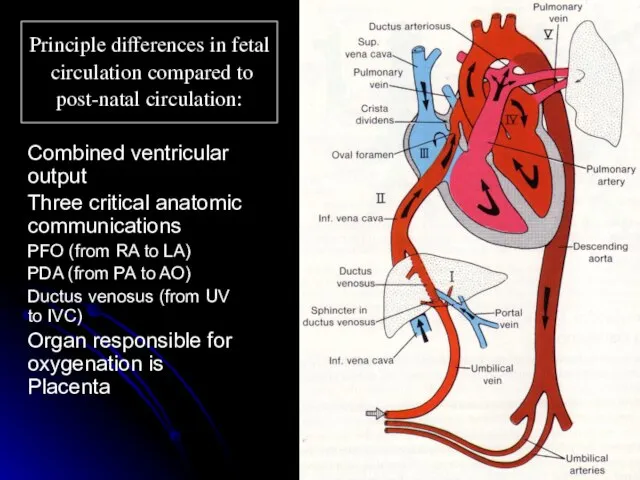

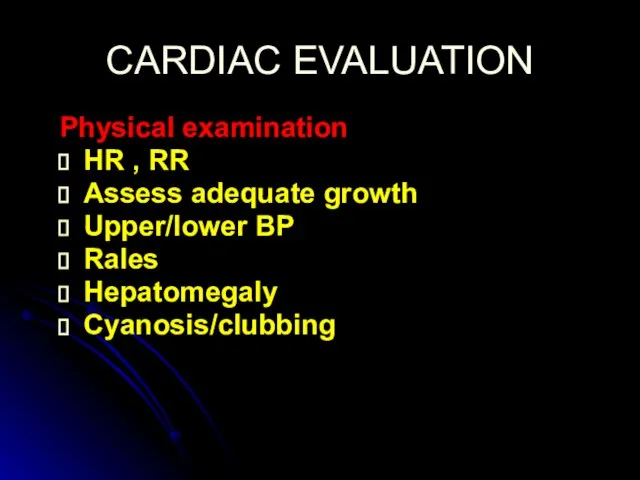
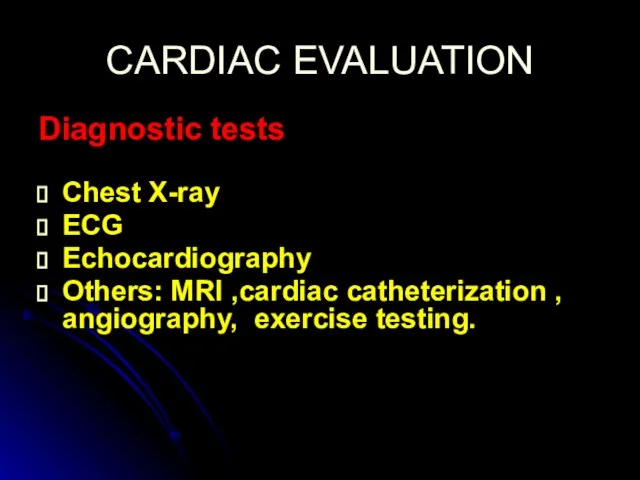

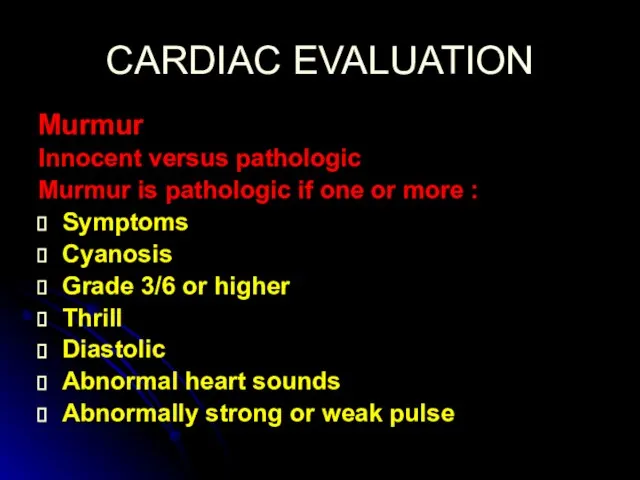


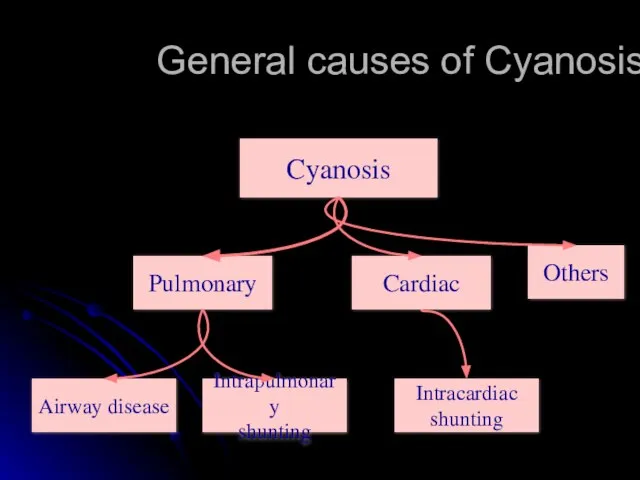

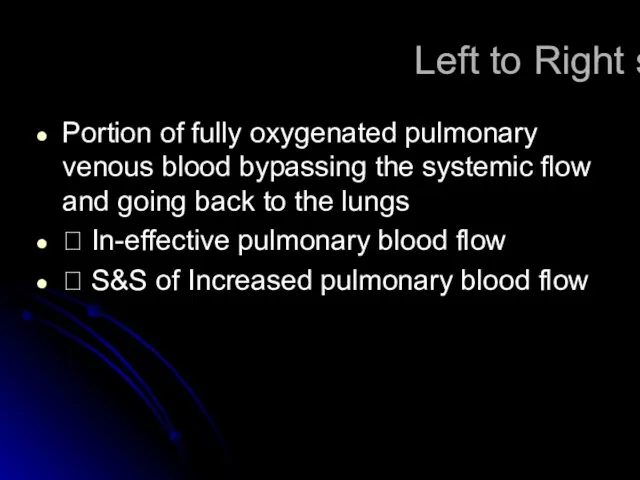
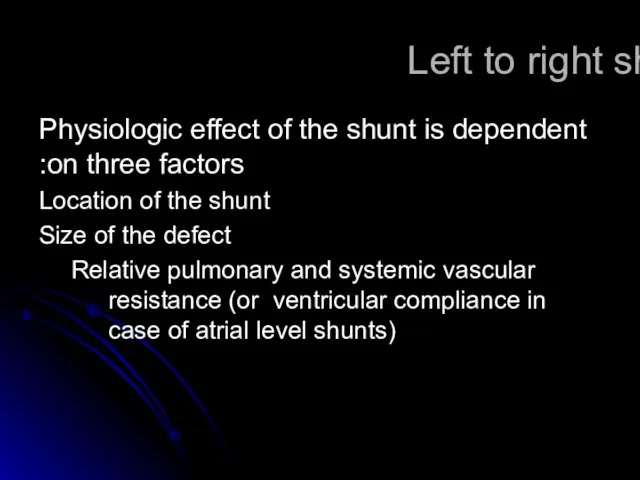
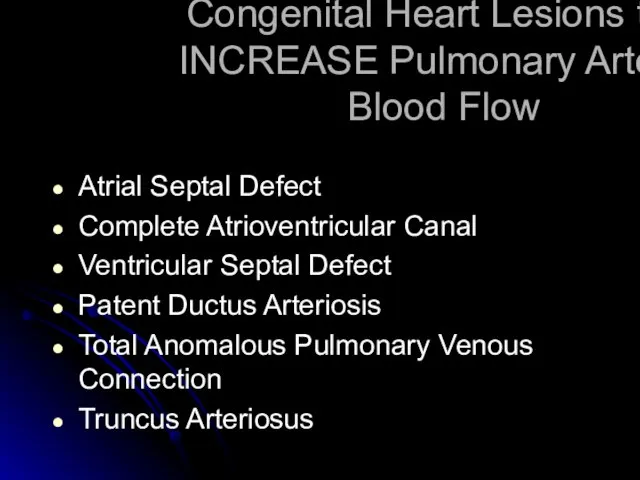
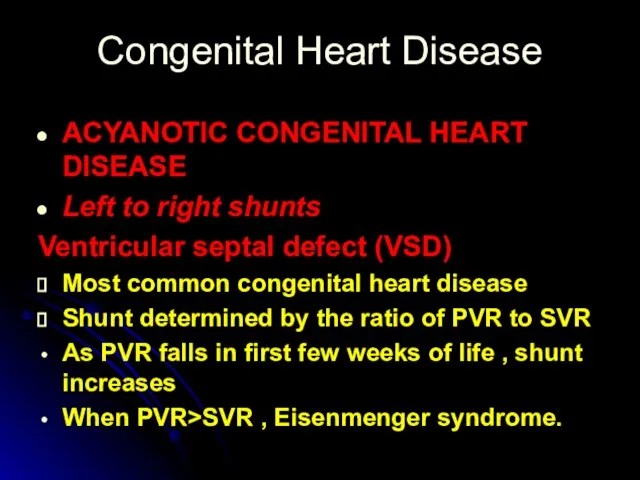
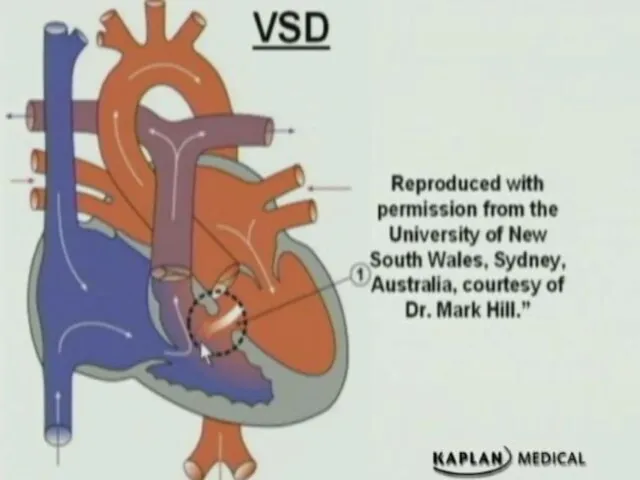

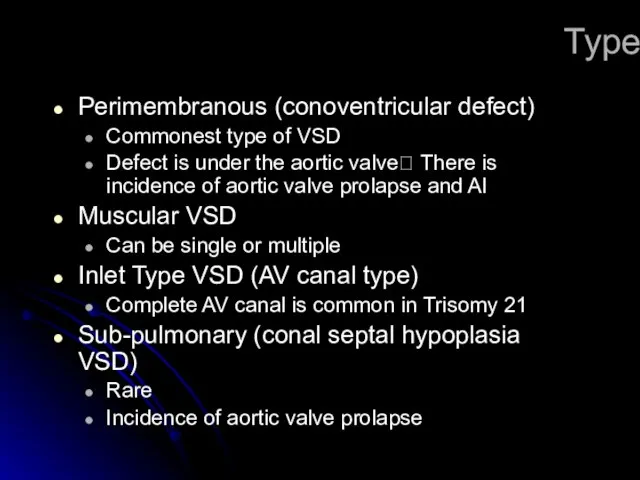
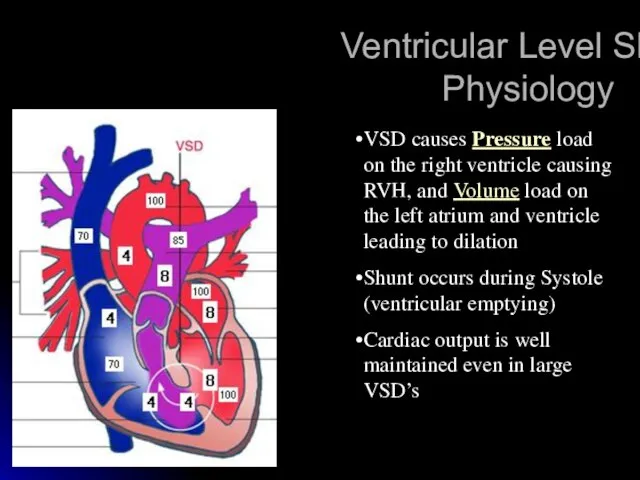
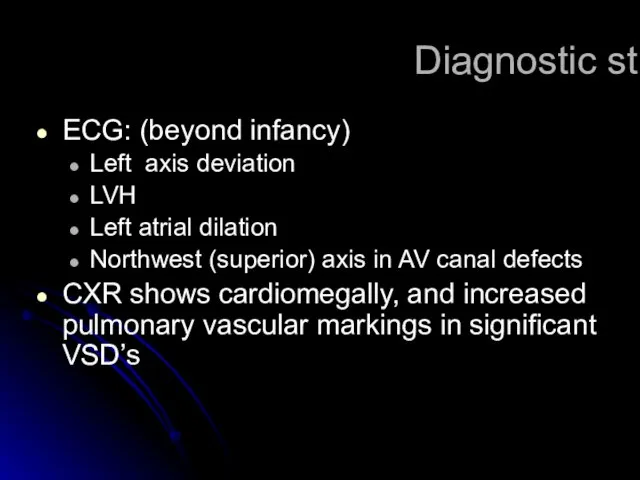


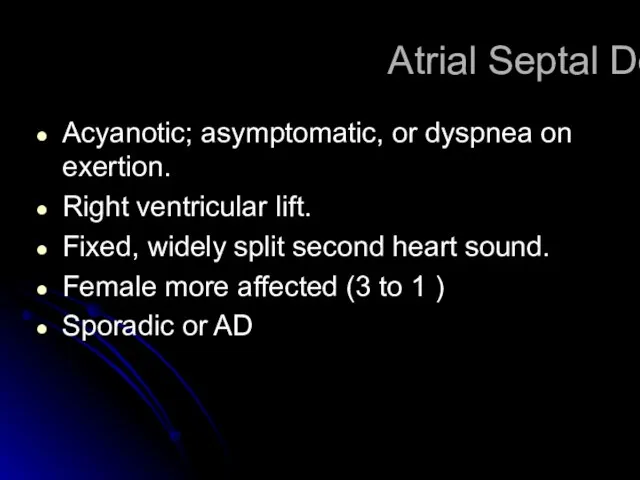
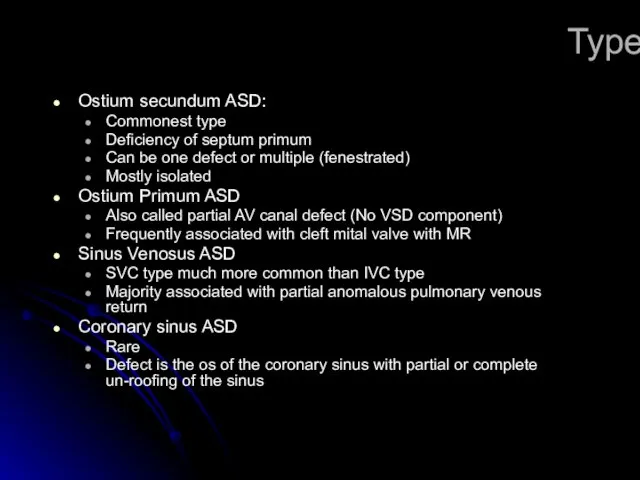
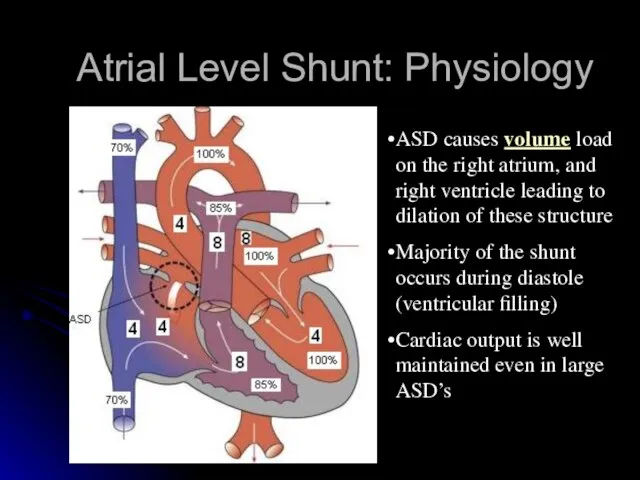
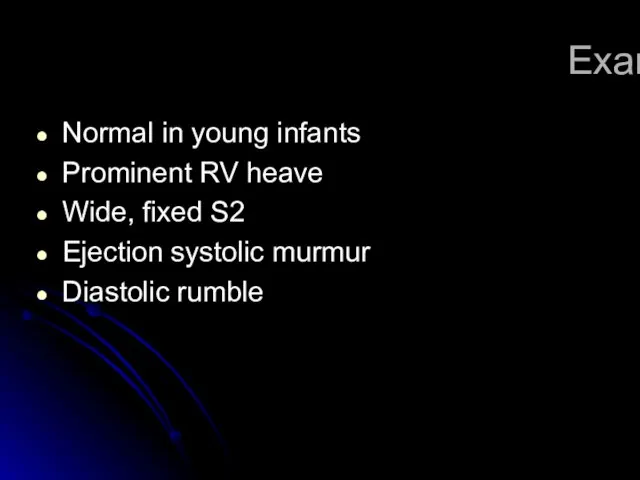
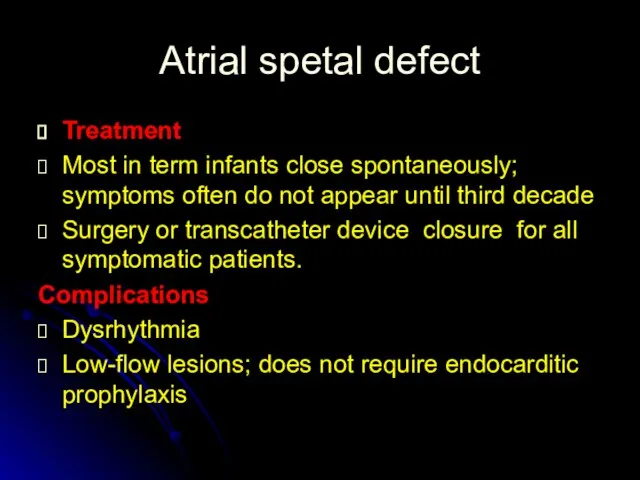
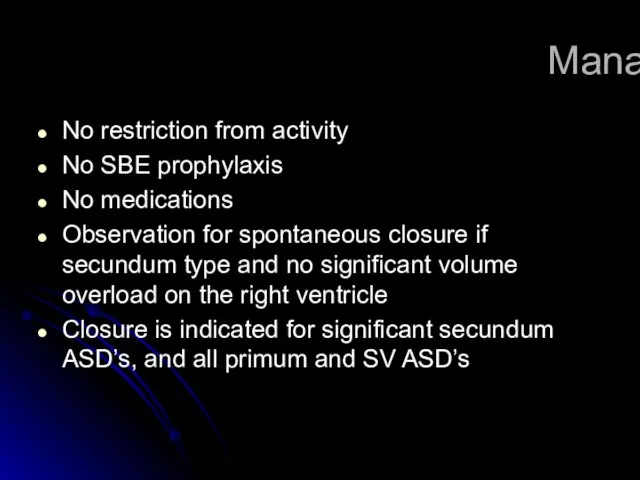
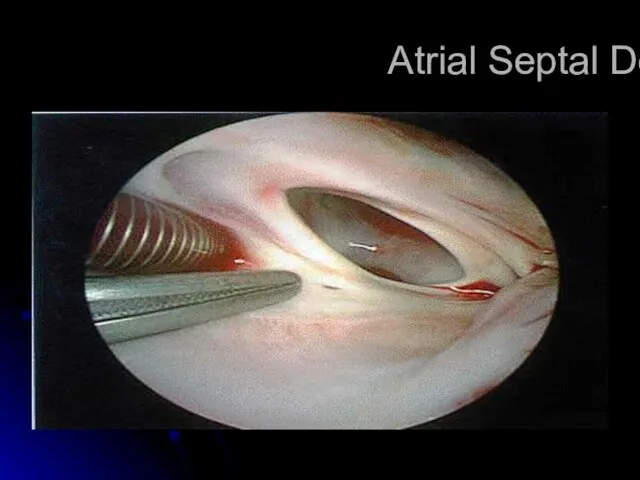

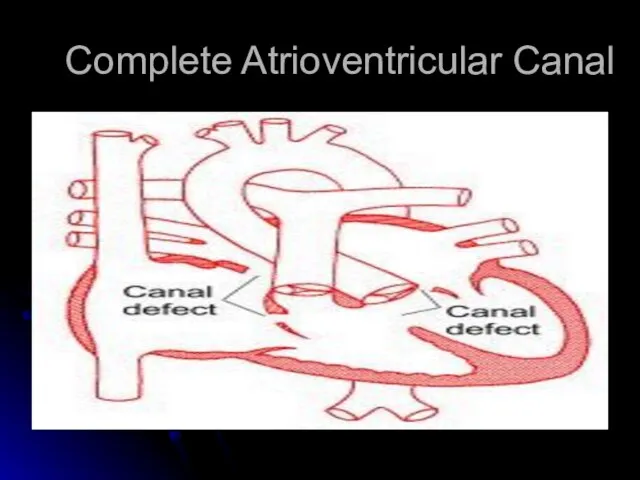
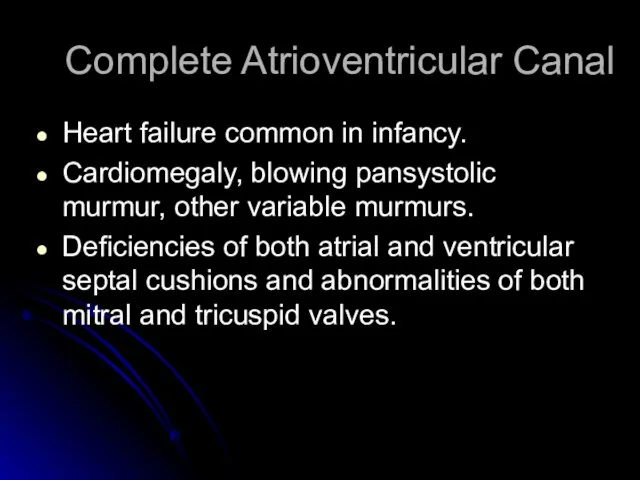

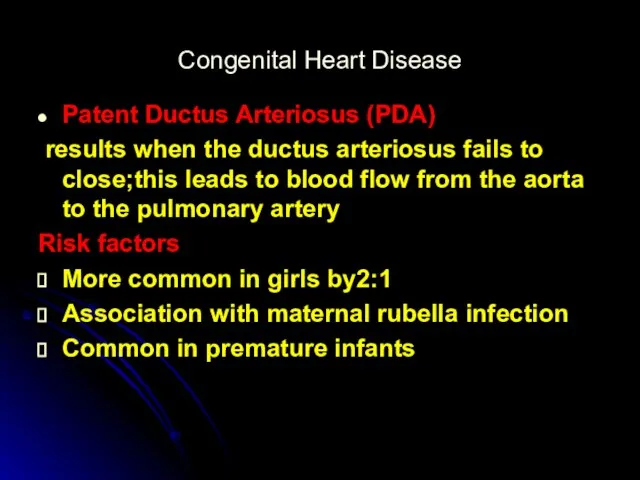
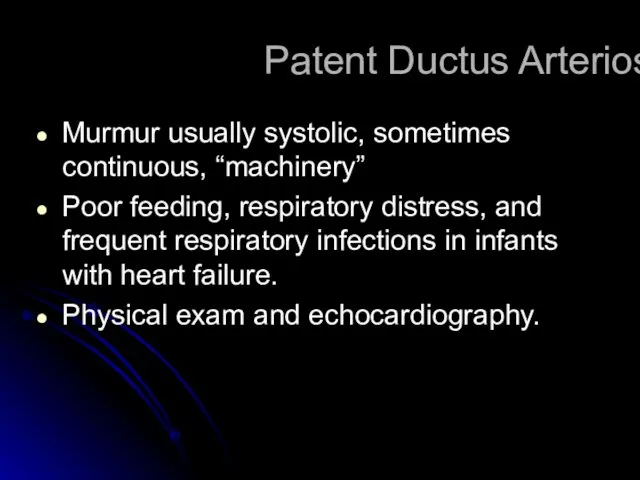

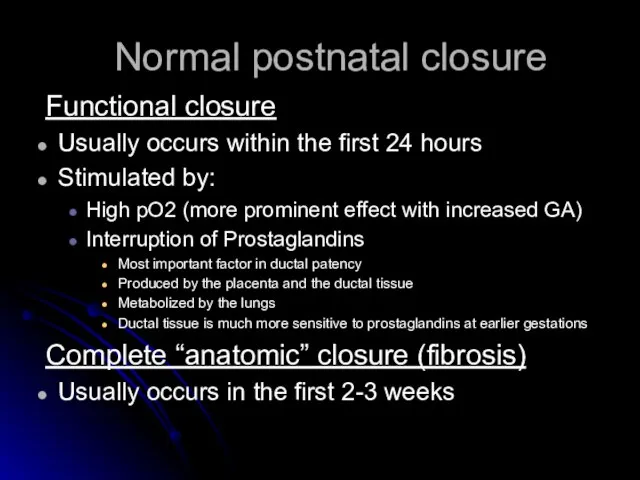

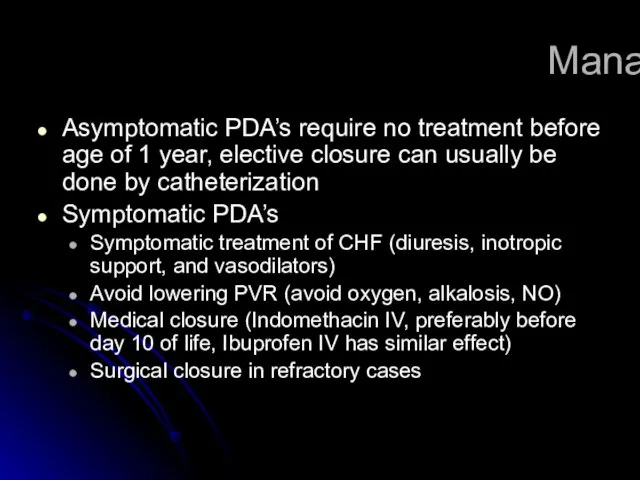
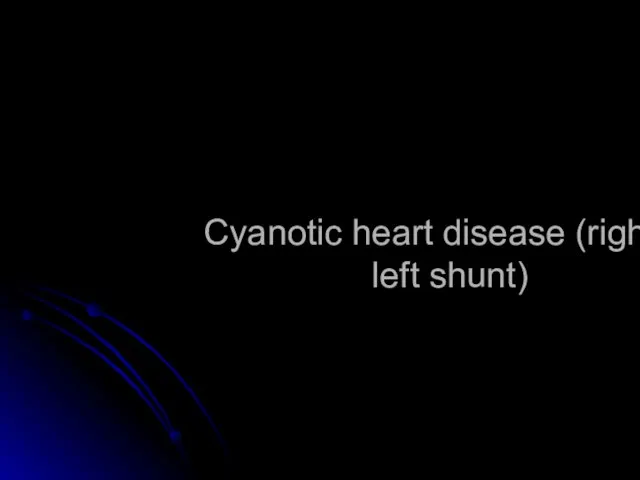

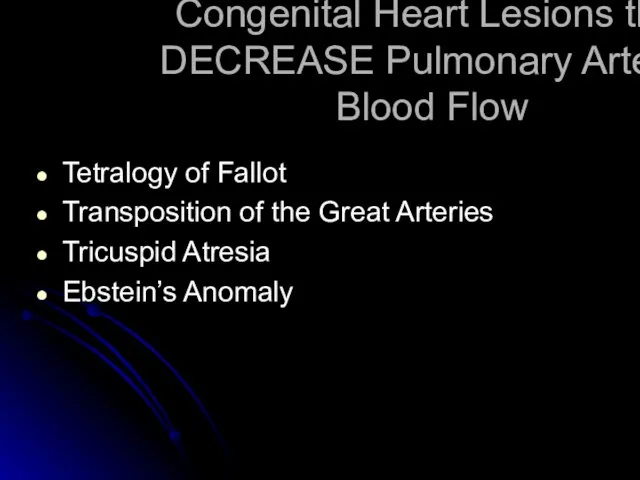
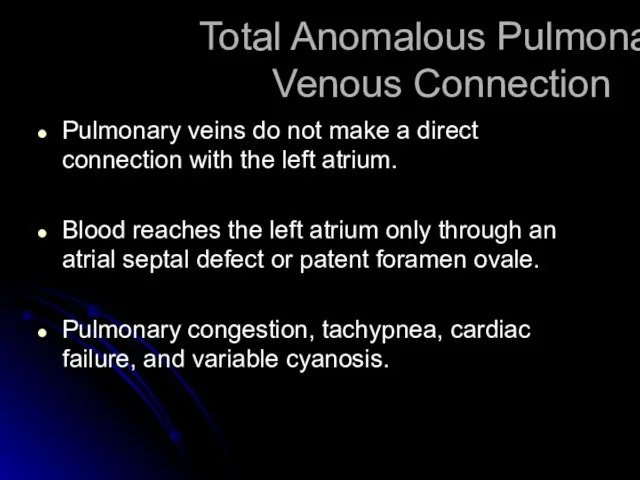
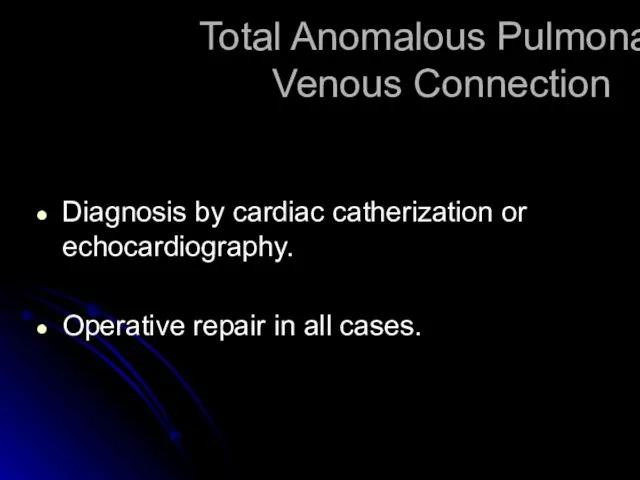

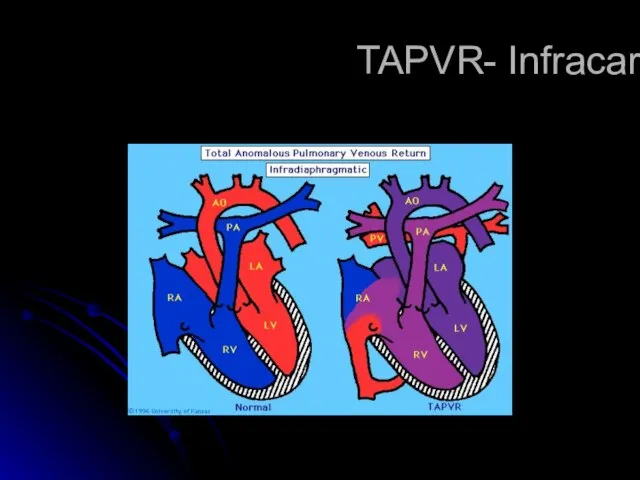

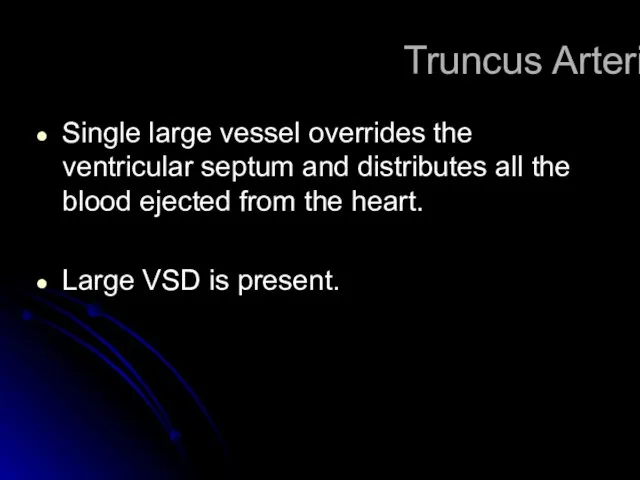
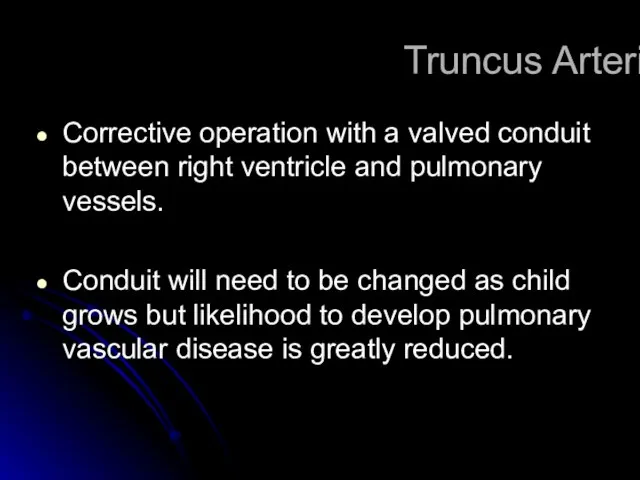
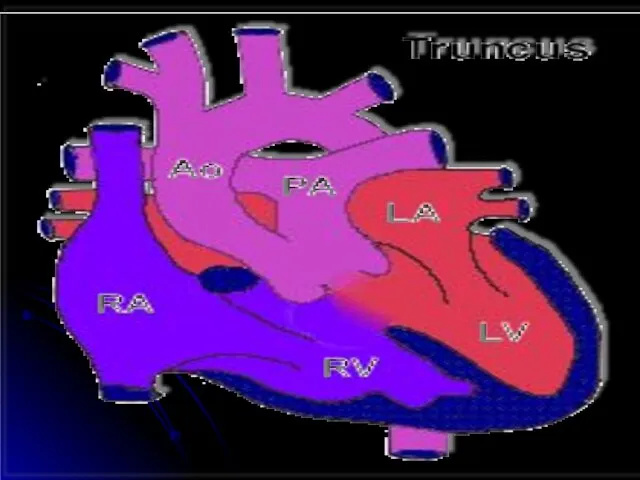
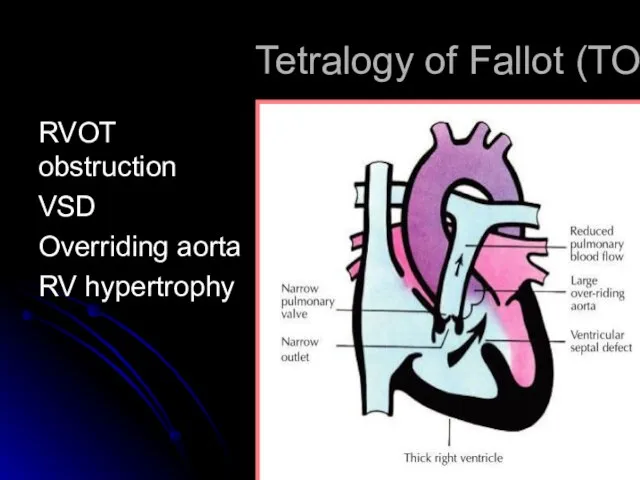
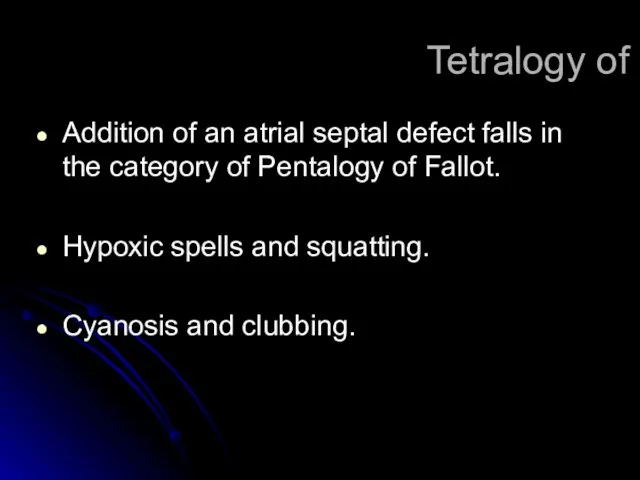
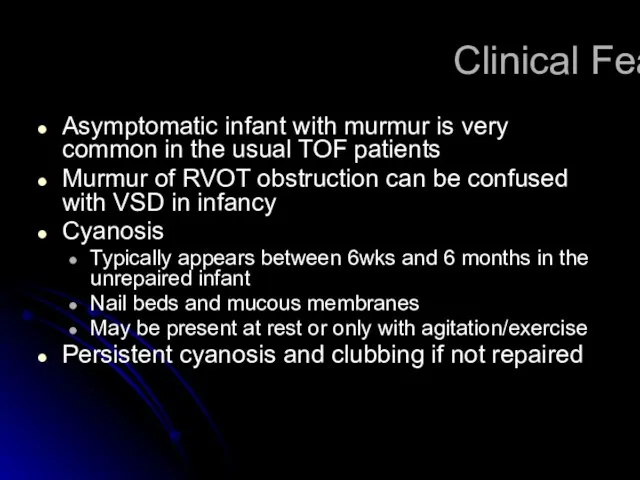

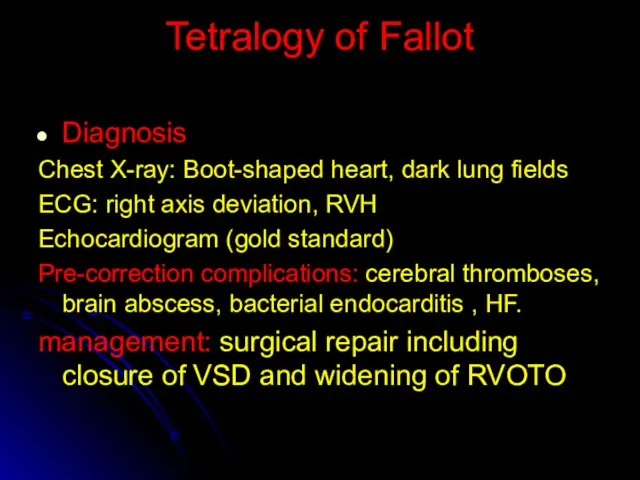
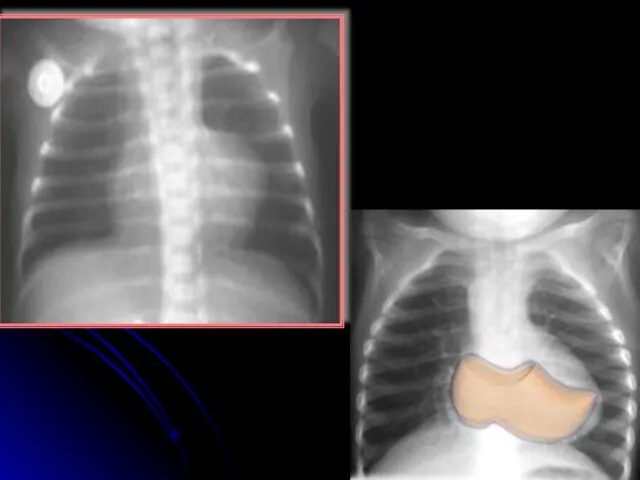

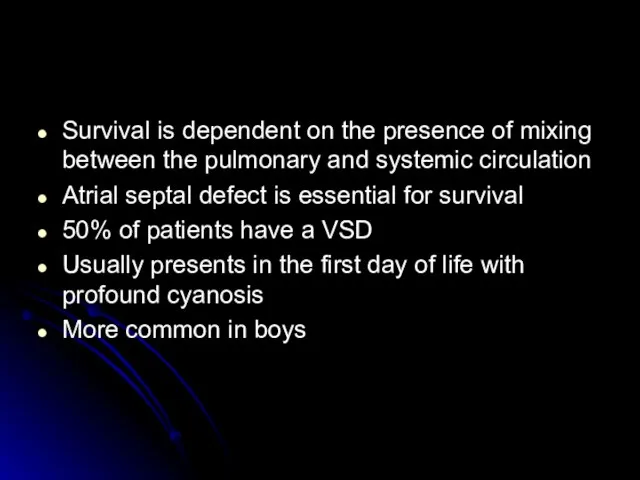

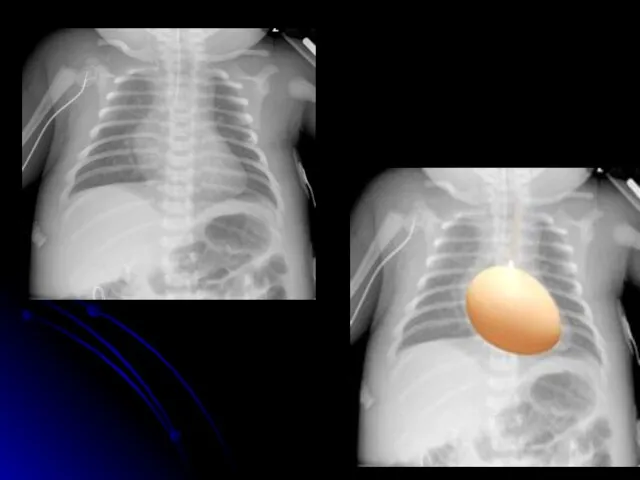

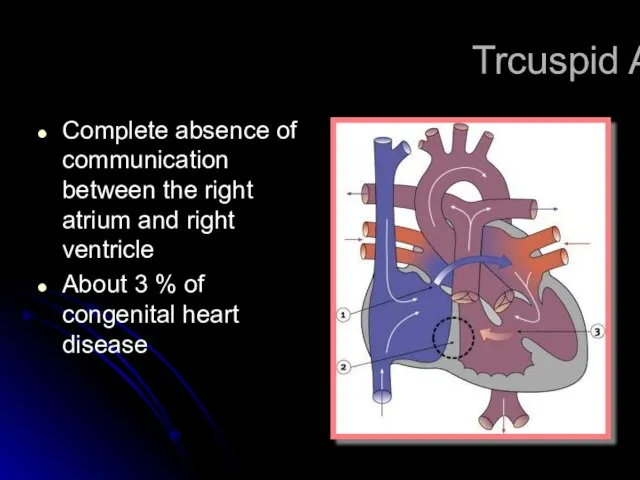

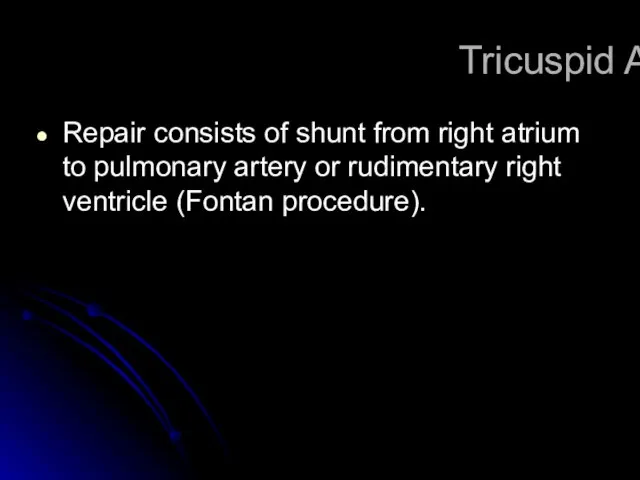

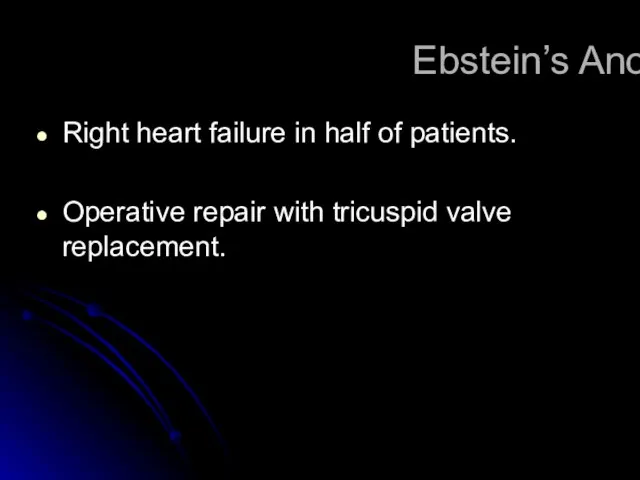
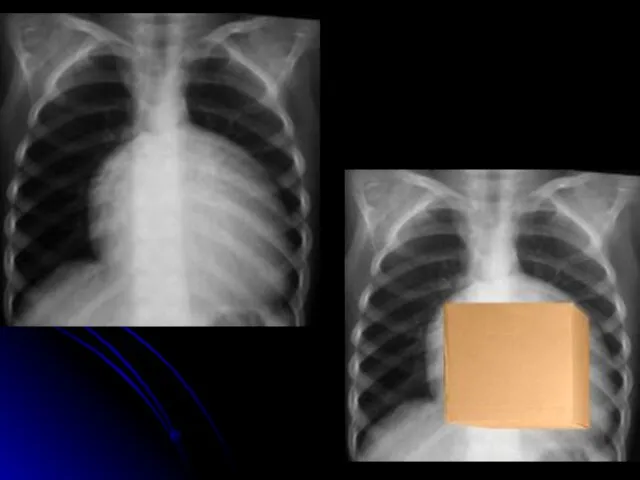
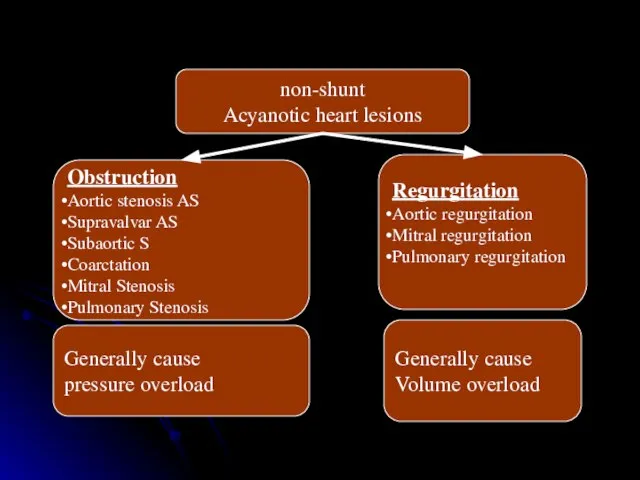
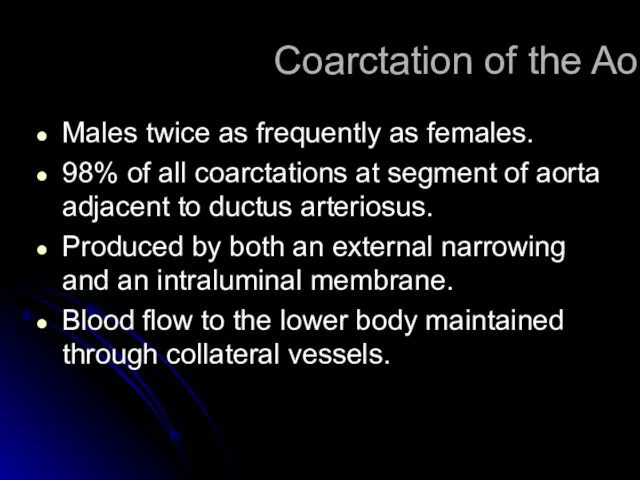

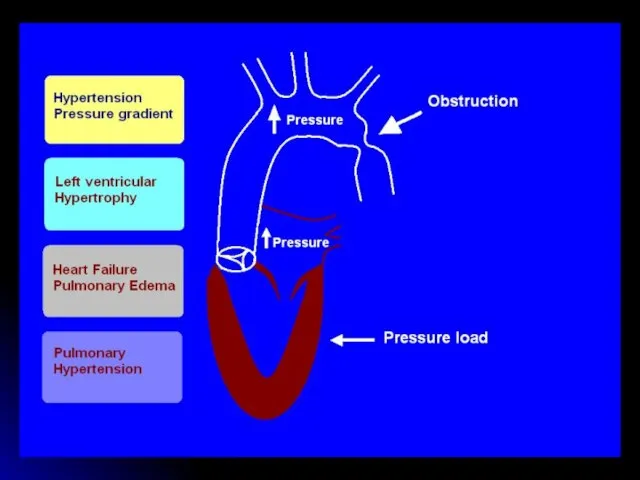
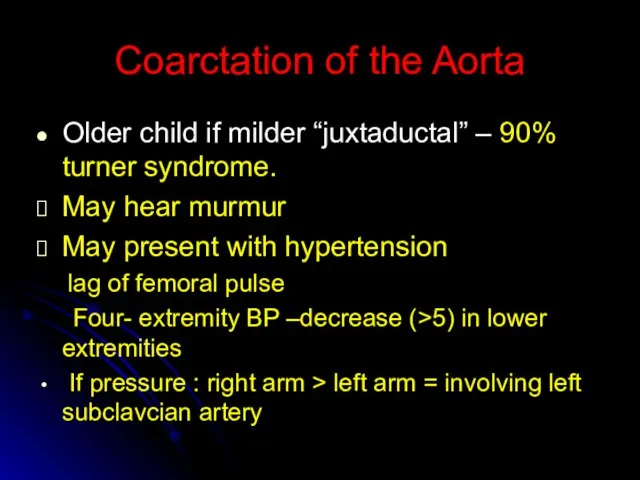

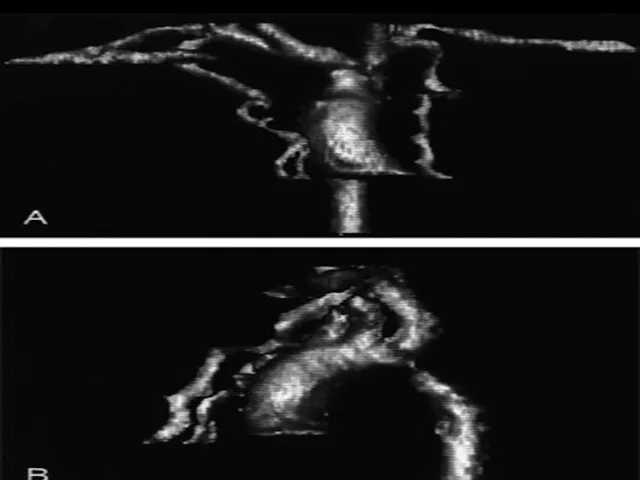
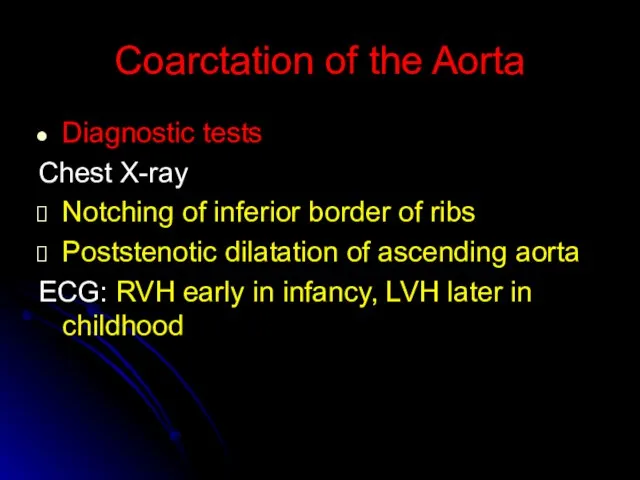
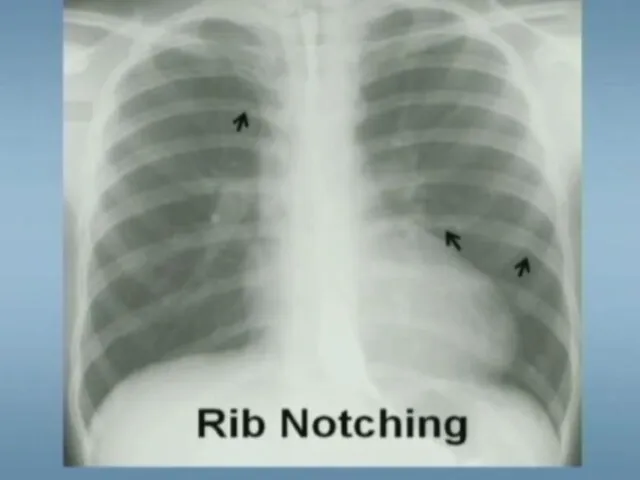


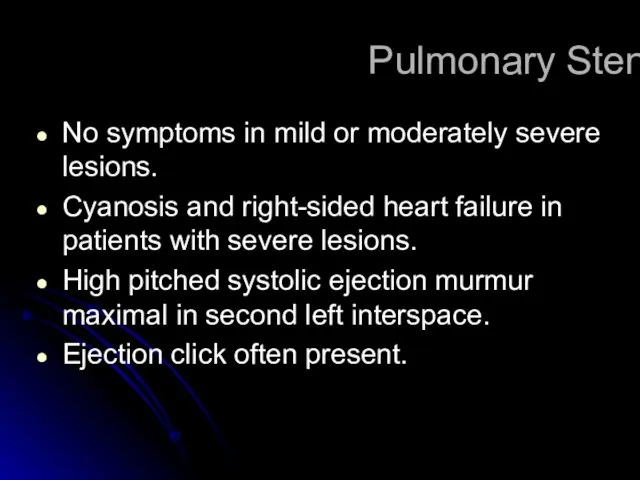

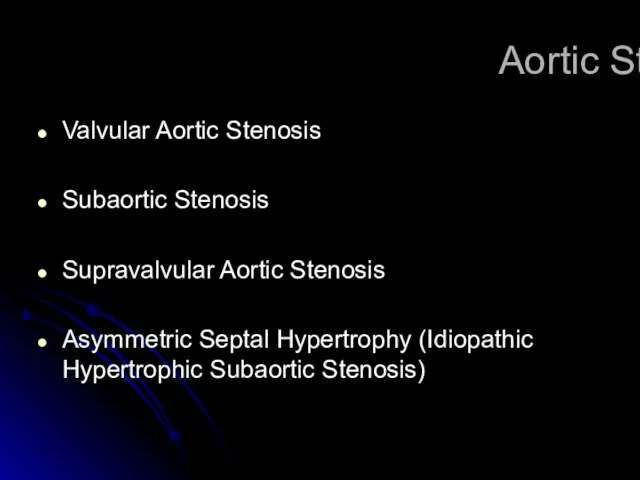
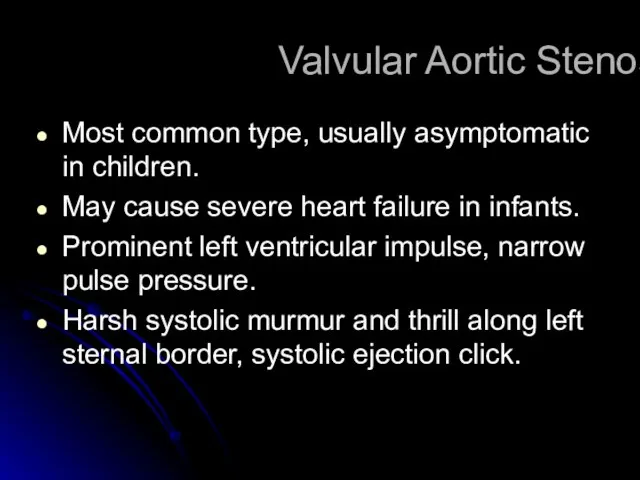
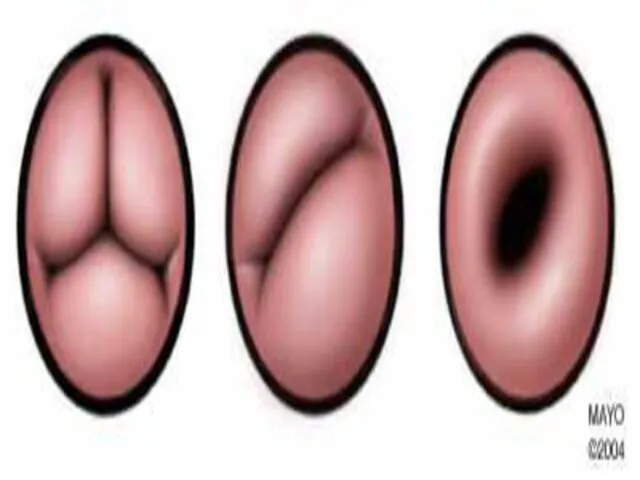
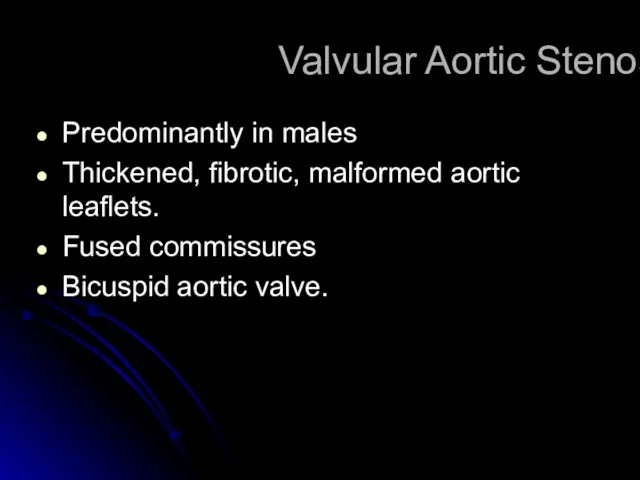

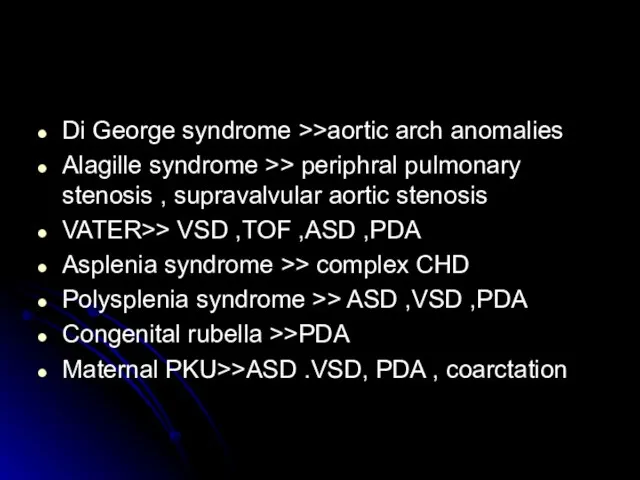
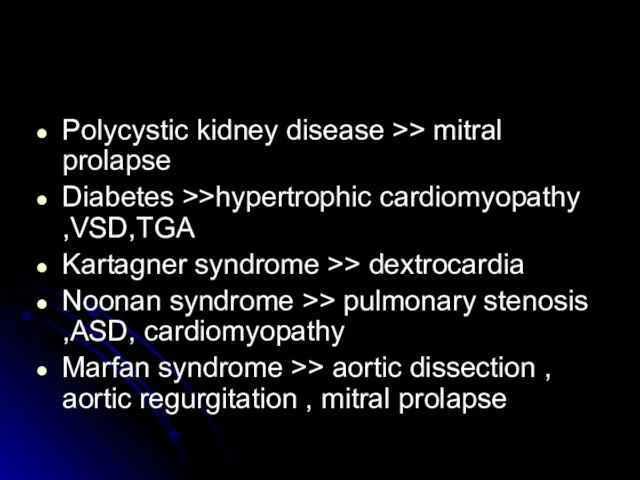

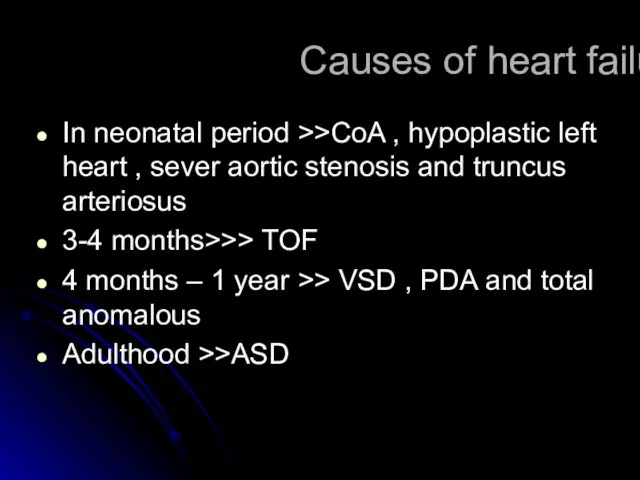
 Минестроне, суп луковый
Минестроне, суп луковый На что ребенок имеет право
На что ребенок имеет право Школьное методическое объединение учителей гуманитарного цикла
Школьное методическое объединение учителей гуманитарного цикла Живопись и скульптура 18 в
Живопись и скульптура 18 в Модуль «Логистика» Microsoft Business Solutions Navision.
Модуль «Логистика» Microsoft Business Solutions Navision. Правоохранительная функция государства
Правоохранительная функция государства Уголовное право
Уголовное право На Мурмане снимается кино викторина
На Мурмане снимается кино викторина Студенческая научная конференция ТГПИ
Студенческая научная конференция ТГПИ Презентация на тему Экологические факторы
Презентация на тему Экологические факторы  Тенденции налоговой политики таможенного союзу: налоговая гармонизация и налоговая конкуренция
Тенденции налоговой политики таможенного союзу: налоговая гармонизация и налоговая конкуренция Искусство этрусков и Древнего Рима
Искусство этрусков и Древнего Рима  Организация процесса приготовления и приготовление блюда Утка в вине с инжиром в соусе дегляссе
Организация процесса приготовления и приготовление блюда Утка в вине с инжиром в соусе дегляссе Vuelta al cole
Vuelta al cole Права ребенка
Права ребенка Сапка, тапка, а может шапка…
Сапка, тапка, а может шапка… Deutschunterricht
Deutschunterricht Вера Бахаи
Вера Бахаи Паспортные данные электродвигателя постоянного тока параллельного возбуждения: тип двигателя 2ПФ315L
Паспортные данные электродвигателя постоянного тока параллельного возбуждения: тип двигателя 2ПФ315L Презентация на тему Россия в начале ХХ века
Презентация на тему Россия в начале ХХ века Урок 5: Лингвистический анализ текста публицистического стиля
Урок 5: Лингвистический анализ текста публицистического стиля Социализм и коммунизм
Социализм и коммунизм Одиночество
Одиночество Правильные выпуклые многогранники
Правильные выпуклые многогранники  Презентация на тему Мюнхен
Презентация на тему Мюнхен  Стиральные машины с фронтальной загрузкой
Стиральные машины с фронтальной загрузкой Simul'ONU
Simul'ONU Изготовление картины в технике «Расписной витраж»
Изготовление картины в технике «Расписной витраж»